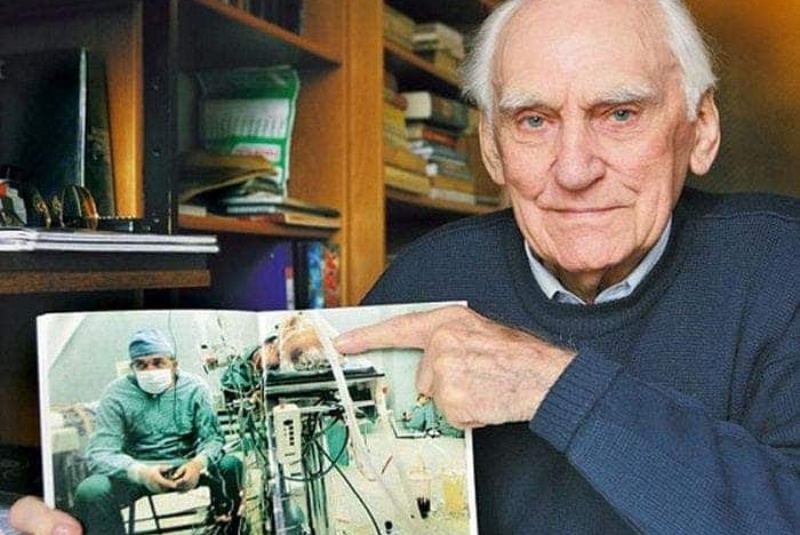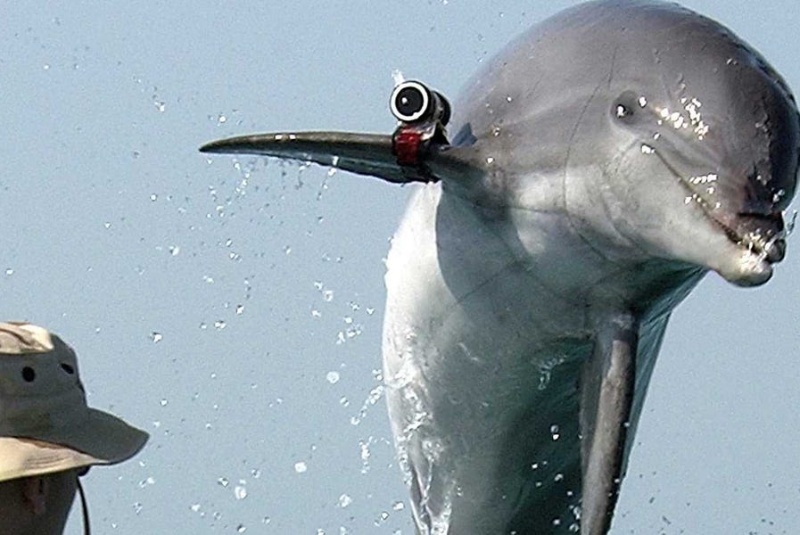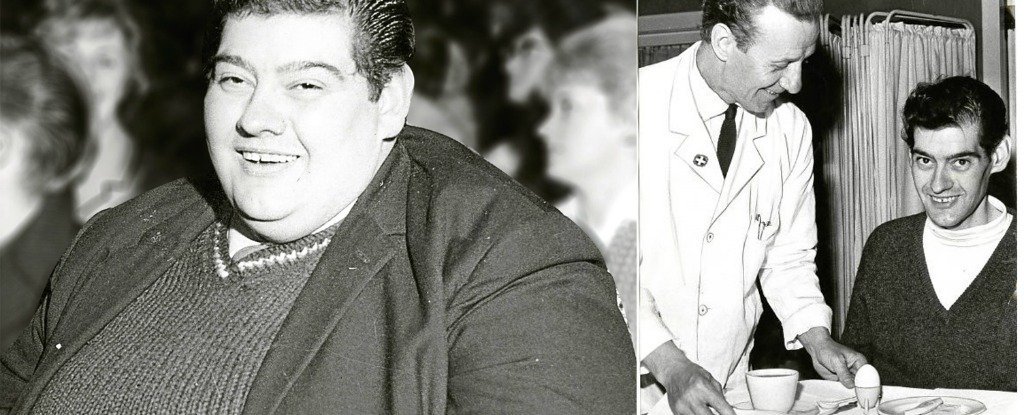In the annals of medical history, few images have captured the sheer intensity and profound significance of the life-saving surgeries that doctors perform on a daily basis quite like the photograph of Dr. Zbigniew Religa after a grueling 23-hour heart transplant operation. This image, which was recognized by National Geographic as the best picture of the year in 1987, is far more than a testament to a single moment or a singular achievement. It encapsulates the tireless spirit, dedication, and skill that define the medical profession, and serves as a profound illustration of the advancements in medical science that the late 20th century heralded. In this comprehensive exploration, we delve into the life of Dr. Religa, the significance of this iconic photograph, and the lasting impact of his work on the field of heart transplantation and beyond.
Before examining the pivotal surgery and the renowned photograph, it is crucial to understand the man behind the medical mask—Dr. Zbigniew Religa. His beginnings, education, and path to becoming a pioneering heart surgeon shape the narrative of his extraordinary contributions to medicine and the lives he touched, both physically and metaphorically.
Born in Poland in 1938, Religa embarked on a career in medicine at a time when his country was grappling with the aftermath of World War II and the constraints imposed by the then-communist regime. Against such a backdrop, Religa's determination and ingenuity were not only commendable but revolutionary. After completing his medical studies with flying colors, he pursued a specialization in cardiology, a field that was rapidly evolving in other parts of the world, thanks to advancements in surgical techniques and technology.
Dr. Religa's journey was not without its challenges. The medical infrastructure in Poland during the 1970s and 1980s was far from conducive to pioneering work. Resources were scarce, equipment was outdated, and the political climate was often stifling. Nevertheless, Dr. Religa's resolve to push the boundaries of what was medically possible in his homeland never wavered. He sought training and knowledge from around the globe, bringing back skills and innovations that would set the stage for his groundbreaking work.
It is against this backdrop that we approach the watershed moment of Dr. Religa's career—the first successful heart transplantation in Poland. The procedure itself was a marathon of precision, skill, and endurance, requiring a team of doctors, nurses, and technicians to work in concert for nearly an entire day. The success of such a complex operation was a culmination of years of meticulous preparation and study, and the execution of it was nothing short of a masterpiece of medical prowess.

This brings us to the iconic photograph itself, taken by James Stansfield. The image captures a moment of profound exhaustion and triumph. Dr. Religa is seen monitoring the vital signs of his patient, the very essence of vigilance and responsibility, while his colleague succumbs to the weight of fatigue in the corner of the room. This photograph is more than a snapshot of a surgery's aftermath; it is a document of human perseverance, the enormity of medical responsibility, and the emotional and physical toll that such pioneering work can exact on those who dare to undertake it.
But the photo also signifies hope and the triumph of the human spirit over adversity. The patient, Tadeusz Zitkevits, not only survived the surgery but went on to live longer than the man who gave him a second chance at life—a testament to the success of the procedure and the legacy of Dr. Religa. This outcome could not have been predicted in the early days of heart transplantation, when survival was far from guaranteed and the procedure itself was considered a last-ditch effort.
The implications of Dr. Religa's success extended far beyond the operating room. His work shattered previously held notions about the viability of heart transplants, setting new standards and inspiring a generation of surgeons and medical professionals. It showcased the potential for innovation and excellence in a country that many had underestimated in terms of its medical capabilities. His perseverance in the face of daunting odds also provided a template for how doctors could and should approach seemingly insurmountable challenges.
Furthermore, Dr. Religa's achievements in the realm of heart transplantation are only a fraction of his contributions to medicine. In 1995, he blazed another trail by grafting an artificial valve created from human corpse materials—a feat that had profound implications for the field of organ replacement and transplantation. His willingness to explore uncharted territories and his relentless pursuit of solutions to complex medical problems have left an indelible mark on medical science.
Yet, Dr. Religa's impact was not confined to the medical field alone. His passion for healing and improving the lives of others translated into a parallel career in politics. He leveraged his widespread respect and name recognition to serve the Polish people, not just as a physician, but also as a policymaker. His entry into the political arena was driven by the same motivations that guided his medical career: a desire to contribute to the betterment of society and to be of service to his fellow citizens.
Despite the demands of his political career, Dr. Religa's heart remained ever committed to medicine. He continued to perform surgeries, train the next generation of doctors, and push for improvements in Poland's healthcare system. His dual roles as a surgeon and politician were not contradictory but rather complementary aspects of a life devoted to public service.
The iconic photograph of Dr. Religa in the aftermath of the historic heart transplant speaks volumes not only about the man and his dedication but also about the evolution of medicine and its capacity to change lives. It represents a moment in time when the impossible became possible, and it continues to inspire those who believe that with enough determination and skill, the boundaries of what we can achieve are limitless.
In examining the lasting legacy of Dr. Zbigniew Religa, we see a tapestry woven with threads of innovation, determination, and empathy. His life and work have taught us that the pursuit of excellence in medicine is an endeavor that requires not just technical skill and knowledge but also a deep sense of humanity and a willingness to face adversity head-on. His story is a reminder of the impact one individual can have on the world, and the photograph that captured his greatest triumph remains a powerful testament to the human capacity for extraordinary achievement.
As we look to the future of heart transplantation and medical innovation, the lessons from Dr. Religa's career are more pertinent than ever. The challenges that face modern medicine are complex and multifaceted, but the spirit of perseverance and ingenuity that Dr. Religa embodied continues to guide and inspire. His work laid the groundwork for the high survival rates of heart transplant patients today and serves as a beacon of possibility for those who walk in his footsteps.
In the final analysis, Dr. Zbigniew Religa's contributions to medicine—and to humanity—are immeasurable. The photograph of him post-surgery is not just an image; it is a symbol of what can be accomplished when skill, dedication, and compassion converge. It is a reminder to all of us that the work of healing is as much about the strength of the human spirit as it is about the knowledge in our minds and the tools in our hands.
Dr. Religa's legacy is not just in the lives he saved, but also in the message he left behind: that even in the face of insurmountable odds, human ingenuity and compassion can and will find a way to prevail. This is the enduring lesson of the man in the photograph—a lesson that continues to resonate in operating rooms and in the hearts of those he inspired around the globe.




